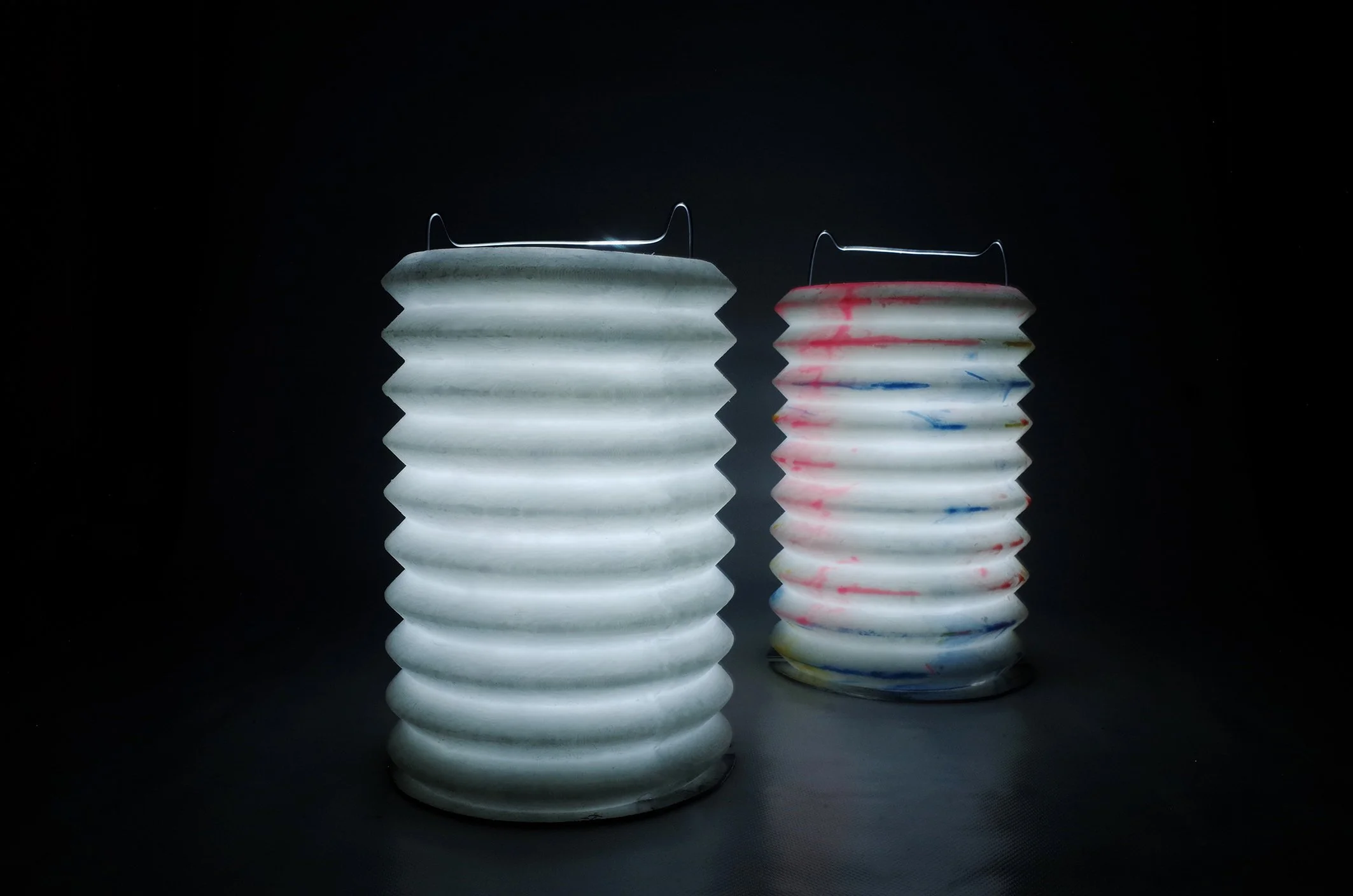
‘Redolence’ Wax Lantern
“I remember the darkness, dotted by warm patches of yellow, red and green. Singapore is not the darkest city; everywhere is pretty well lit. However, during Mid-Autumn festival, your eyes get drawn to the ‘’floating’’ lights. Also, the ever-present smell of burning wax; the voices of children huddled in small groups as they tried lighting up some candles. Parents calling out to their child not to wander too far, lest they get lost in the dark. These occurrences still happen today every mid-autumn festival; nothing has changed other than the types of lantern.”
- Goh.
This case study is based on the sensory triggers of nostalgia, particularly, smell. The subject’s recollection of sensorial memories was a big part of his childhood of Mid-Autumn festival. While all the senses can trigger nostalgia, redolence, in particular, sparks a flurry of emotional memories.
According to Prof. Howard Eichenbaum, director of the Laboratory of Cognitive Neurobiology at Boston University, scents trigger the olfactory bulb in our brain, which helps the brain process smells. The olfactory bulb is part of the limbic system, the emotional centre of the brain. The olfactory bulb can easily access the amygdala, which plays a role in emotional memories. There is a relationship between the olfactory system and the hippocampus, which is critical in developing memories.
Olfactory has a strong input into the amygdala, which processes emotions. The kind of memories that it evokes are good and they are more powerful.
The outcomes were lanterns entirely cast out of candle wax after several attempts with different methods of casting. As the heat melts the wax from within, the scent of wax will be channelled upwards due to its cylindrical form.
Year: 2019
Copyright: Benson Lee


